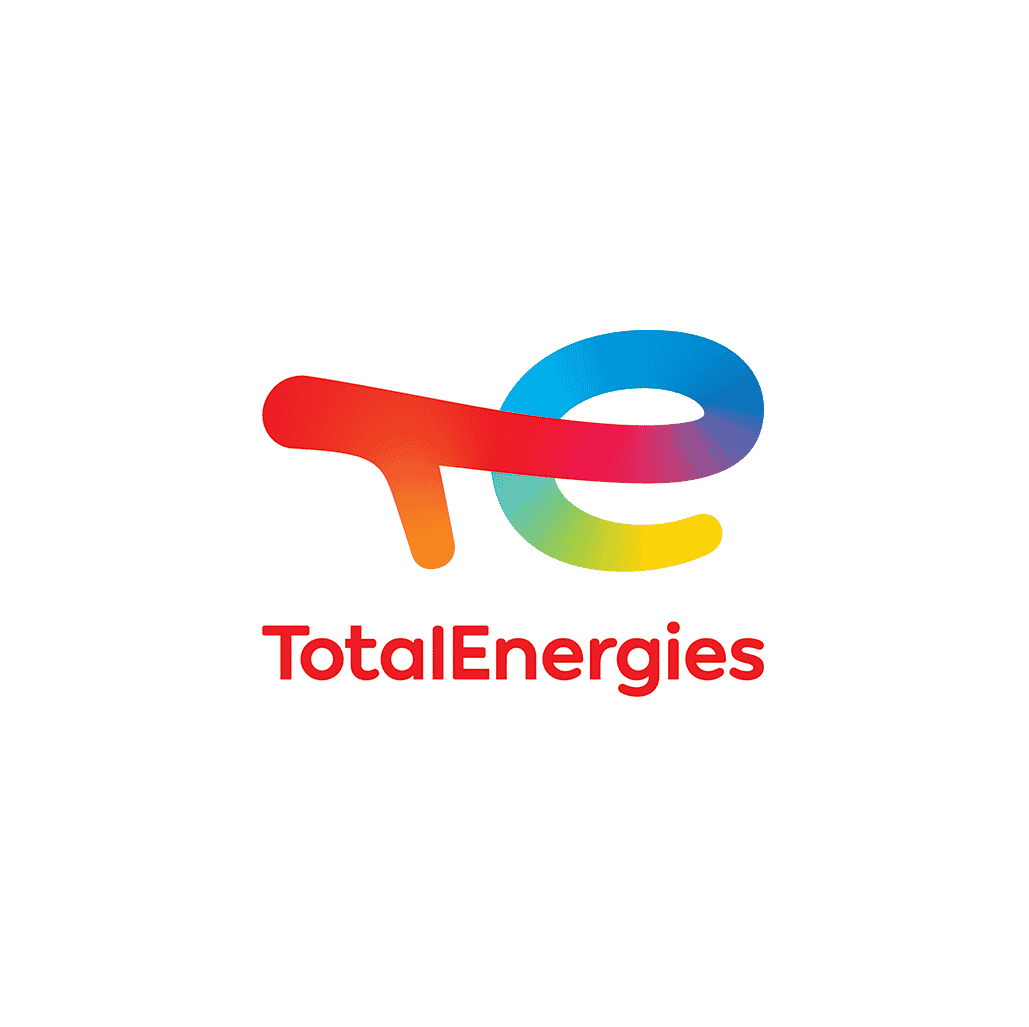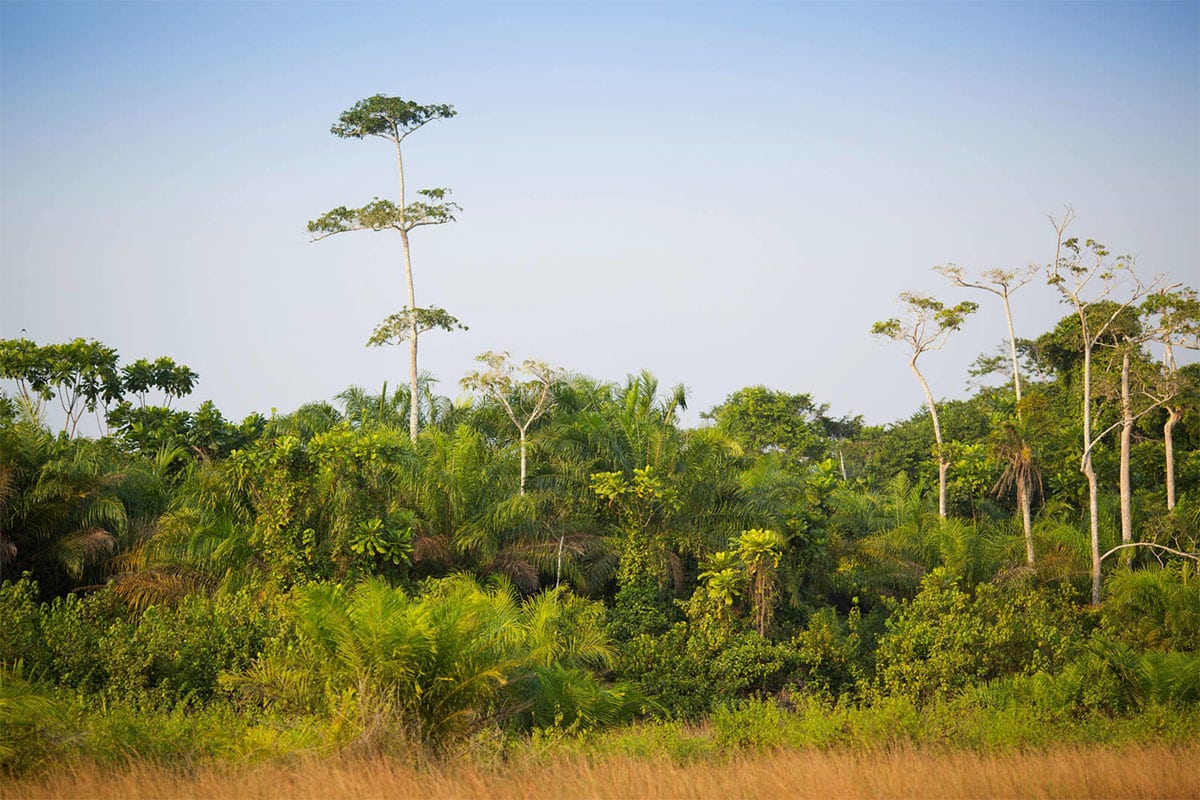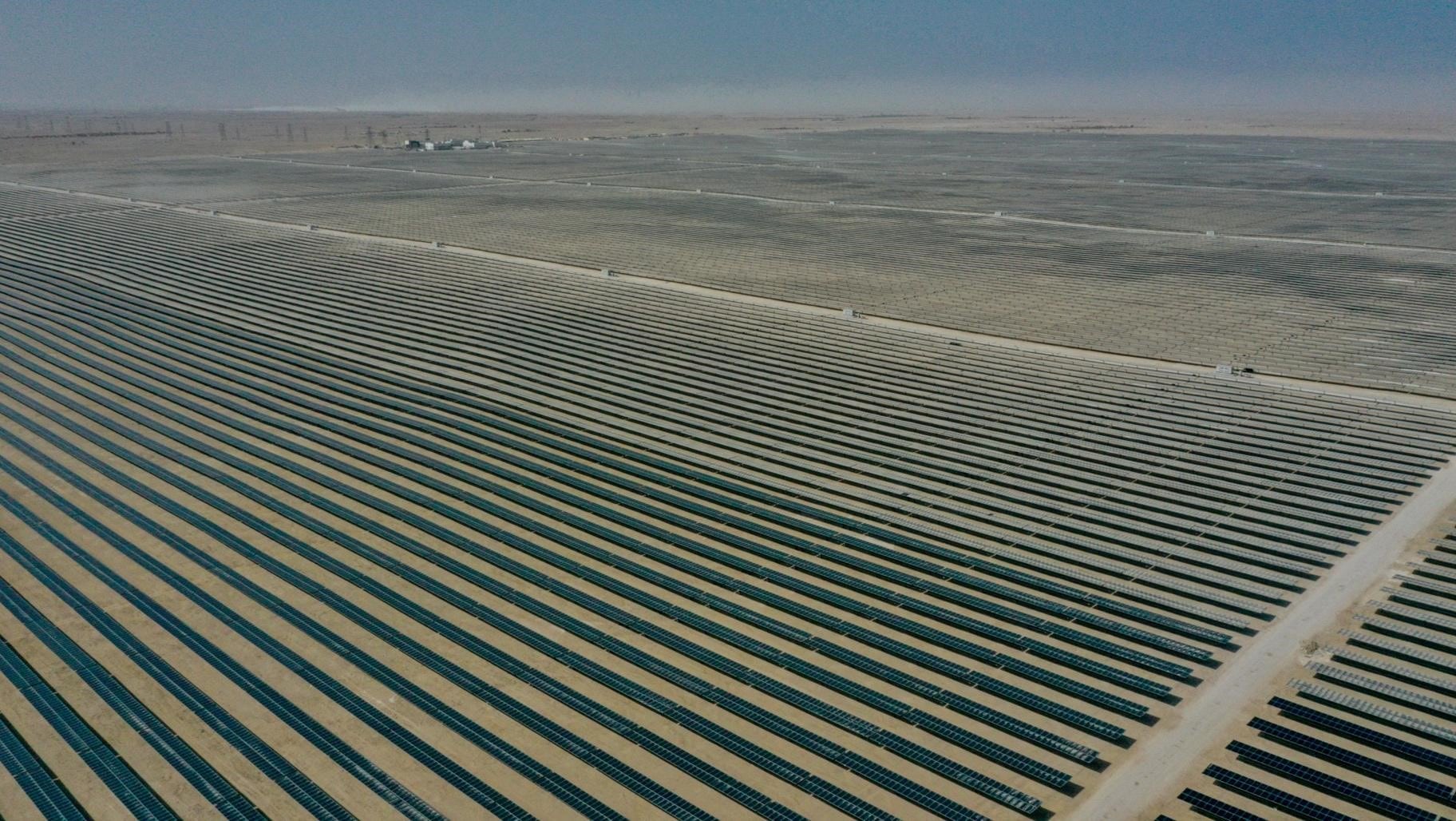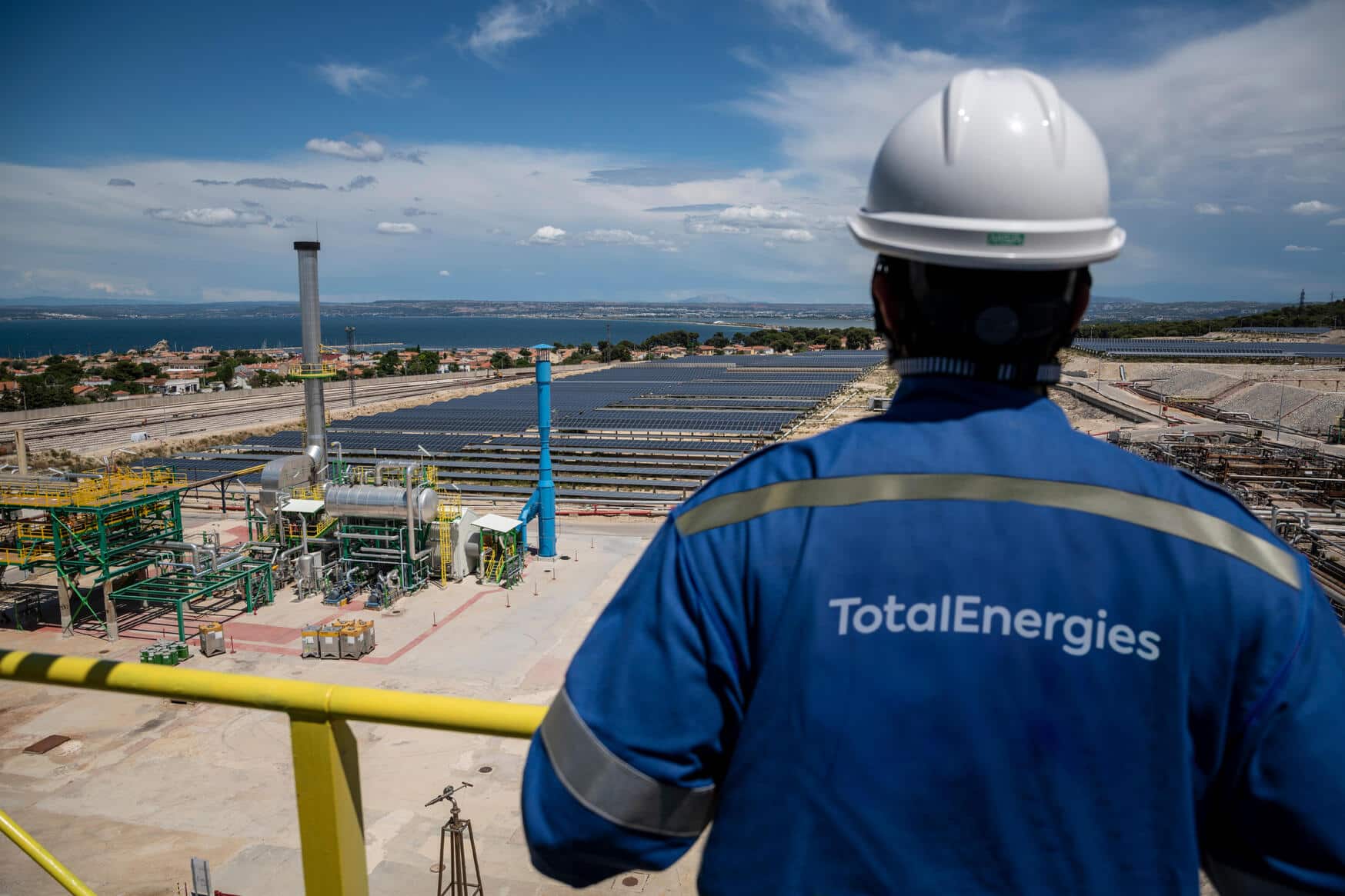
Grandpuits: transformation into a biorefinery
TotalEnergies is launching a project to transform its Grandpuits refinery into a biorefinery, by installing a production…

Contribute to decarbonize UK electricity mix
With its low greenhouse gas emissions, wind power is a solution to decarbonize carbon intensive elctricity mixfuel of the future. TotalEnergies, as part of its ambition to be a world-class player in the energy transition, is developing its offshore wind power portfolio worldwide. The Seagreen project contributes to TotalEnergies’ target of 100 GW of installed renewable power generation capacity by 2030 and is aligned with the company’s ambition to get to net-zero emissions for all businesses by 2050, together with society.
The Seagreen Offshore Windfarm is making a significant contribution to the decarbonisation of the UK electricity generation mix and to its net zero ambition by 2050 (2045 for Scotland).
Seagreen is also delivering significant economic benefit to Scotland and the UK. The project is powering a green, economic recovery and supporting high value green jobs in Scotland, including direct, contractor and supply chain roles.
In 2010, the Crown Estate awarded Seagreen Wind Energy Limited (SWEL, a joint venture between TotalEnergies – 51% – and SSE Renewables – 49%) the exclusive development rights for the Firth of Forth Zone of the UK’s Round 3 offshore wind farm development programme. The Zone, located at 27 km from the Angus coastline, covers an area of around 3091 km2 in the outer Firth of Forth.
SWEL works closely with stakeholders and undertook extensive surveys and assessments to develop the Seagreen offshore wind farm. 114 turbines are currently under construction for a total installed capacity of 1075 MW.
on which the project has a significant impact
Avoided emissions : Decarbonisation of the UK electricity generation mix.
Quantification :
In the operation phase, over 1.9 MtCO2e will therefore be avoided annually (all other things being equal).
3.5 G€
First power is expected mid-2022 with the offshore wind farm expected to enter commercial operation in the first half of 2023.
Scotland – UK. 27 km off the coast of Angus in the North Sea.
The project contributes to SDG7 Affordable and clean energy by increasing the generation of renewable energy, as well as SDG13 Climate Action as offshore wind is critical to meeting the UK’s net-zero emission targets and is needed to deliver on ambitions set by the Climate Change Committee.
To ensure a low carbon footprint in its supply chain, as per SDG12 Responsible Consumption and production, the project has implemented several steps: inclusion of a sustainability questionnaire at the Invitation To Tender stage of procurement, signature of a Power Net Zero Pact with suppliers (including commitments to: achieve net zero emissions; protect and enhance the natural environment; transition to a circular economy; guarantee fair work and good green jobs; add value to communities), and incentive for suppliers to sign up to the Supply Chain Sustainability School (link).
The project also contributes to SDG8 Decent work and economic growth and SDG9 Industry, innovation and infrastructure by delivering significant economic benefit to Scotland and the UK. The project maximizes the local supply chain content and drives economic growth and investment in local infrastructures (e.g. Montrose Harbour). Once the offshore wind farm is commissioned, the Seagreen Operations and Maintenance base in Montrose will be home to up to 120 full-time operational roles working to maintain the wind farm’s turbines both from the Operations & Maintenance base and on offshore service operations vessels.
Finally, the project benefits SDG4 Quality Education by supporting STEM (science, technology, engineering and maths) skills in Dundee and Angus with a dedicated fund, and by encouraging contractors to address identified skills gaps and running local apprenticeship programmes.
The project can be replicated in all countries depending on the following conditions: energy costs, wind resource, local permitting, local subsidies and taxation and technical feasibility.
This project is aligned with the UK ambition to deliver 50 GW of offshore wind by 2030 and fits in TotalEnergies global offshore wind portfolio of more than 8 GW of projects under development and construction, including around 5 GW in the UK.
The project is a joint venture between TotalEnergies and SSE Renewables. In addition, the project is actively engaged in the following partnerships:
damien.burignat@totalenergies.com

TotalEnergies is launching a project to transform its Grandpuits refinery into a biorefinery, by installing a production…

A large-scale afforestation operation has been kicked off by TotalEnergies on the Batéké Plateau in partnership with the Republic …

Al Kharsaah is the first utility-scale solar power plant in Qatar and will help reduce Qatar’s CO2 emissions while meeting its increasing electricity demand …

In collaboration with Equinor and Shell, TotalEnergies is developing a project in Norway to transport and store CO2 in underground geological formations located off the Norwegian coast.

The project consists in building three gigafactories for the production of battery cells and modules for electric vehicles (EV).

Lanzatech, TotalEnergies and L’Oréal have developed an innovative solution to reduce the carbon footprint of Polyethylene (PE). They have achieved a world first in..

The Masshylia project aims to produce green hydrogen from solar photovoltaic energy to initially supply the TotalEnergies biorefinery in La Mède. This is the first large-scale…